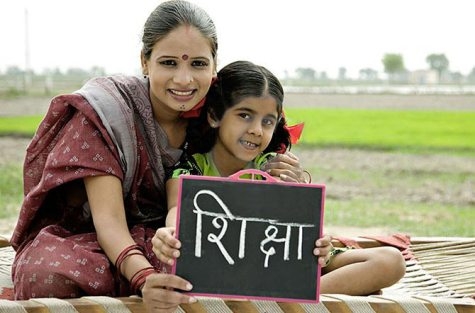
IT News
Even as the year 2020 marks the 10th anniversary of the RTE Act, large prevalence of learning deficit and the poverty of basic reading and arithmetic skills among elementary school students (Classes I-VIII), has been noticed, as per the report the “Annual Status of Education Report” (ASER) published “Pratham” a non-profit organisation.
Besides, the draft New Education Policy (released in June 2019) links the “severe learning crisis” and points out that close to five crore children currently in elementary school do not have foundational literacy and numeracy skills.
Only 50.3 per cent of all class V students can read and write texts meant for class II. Reading ability among such students has jumped to 10 percentage points in Kerala, 8 percentage points in Himachal Pradesh and 7 percentage points in Chhatisgarh and Odisha since 2016.
The learning deficit is prevalent across Government and private schools. The percentage of private school enrolment in 6-14 years has been around 30 per cent in the last 5 years. The dependence on private schools is much higher in Manipur (70.4 per cent) and Haryana( 55.3 percent). As present over 180 million students are in elementary schools, adding secondary schools, the figure is 240 million.
ASER report shows that the students, especially those in elementary school (Classes I-VIII), are not learning enough. To cite one metric, only half (50.3%) of all students in Class V can read texts meant for Class II students. There seems to have been some improvement in learning levels, especially among students of Class III and Class V, in 2018 compared with those of the previous five years. However, there is some improvement is not visible at a higher level, for example among students of Class VIII. The latest report collected data from 596 districts by surveying 546,527 students from 354,944 homes.
The students in private schools have fared better than their government school counterparts, but that’s a relative situation. For example, while 40% of Class VIII students in government schools can do simple division, the figure is 54.2% in private schools. But this success rate is three percentage points below that of 2012 and the same as in 2014. “Private school students are believed to have better family background, both in economic and education front. That’s a key differentiator,” Pratham chief executive Rukmini Banerjee said.
There is gradual improvement in some segments and in some states. The reading ability among Class V students in Kerala jumped 10 percentage points in 2018 from that in 2016. In Himachal Pradesh, the growth is nearly 8 percentage points and in Chhattisgarh and Odisha it is around 7 percentage points between 2016 and 2018. Still, data from states such as Jharkhand, West Bengal, Gujarat, Rajasthan and Tamil Nadu shows a marginal dip in the same criterion for the same cohort.
While 30.9% of students in the 6-14 age group were in private schools in 2018, the figure was 30.6% in 2016 and 30.8% in 2014. This is less than a percentage point growth since 2014. In Rajasthan and Uttar Pradesh, there is a two percentage point drop in private school enrolment. In Gujarat, Bihar, Jammu and Kashmir, it has risen by a similar margin. Private school dependence in Manipur (70.4%) and Haryana (55.3%) is much higher than the national average.
There is considerable scope for expanding anganwadi outreach for three and four-year-old children. All-India data from 2018 shows that slightly less than 30 per cent children at age three and 15.6 per cent of children at age four are not enrolled anywhere. But these figures are much higher in states like Rajasthan, Uttar Pradesh and Bihar.
The children enter Standard I at age six and that they proceed year by year from Std I to Std VIII, reaching the end of elementary school by age 14. The Right to Education Act also refers to free and compulsory education for the age group six to 14. However, the practice on the ground is quite different. ASER 2018 data show that 27.6 per cent of all children in Std I are under age six.
In many private schools, parents are encouraged to bring their children at age four or five into kindergarten (LKG or UKG) and not directly into Std I. Poorer parents, who cannot find accessible or affordable preschool alternatives and who do not see anganwadis as an option for education, enroll their children in Std I in the nearest government school. These patterns lead to very different age distributions in Std I in government school and private school.



